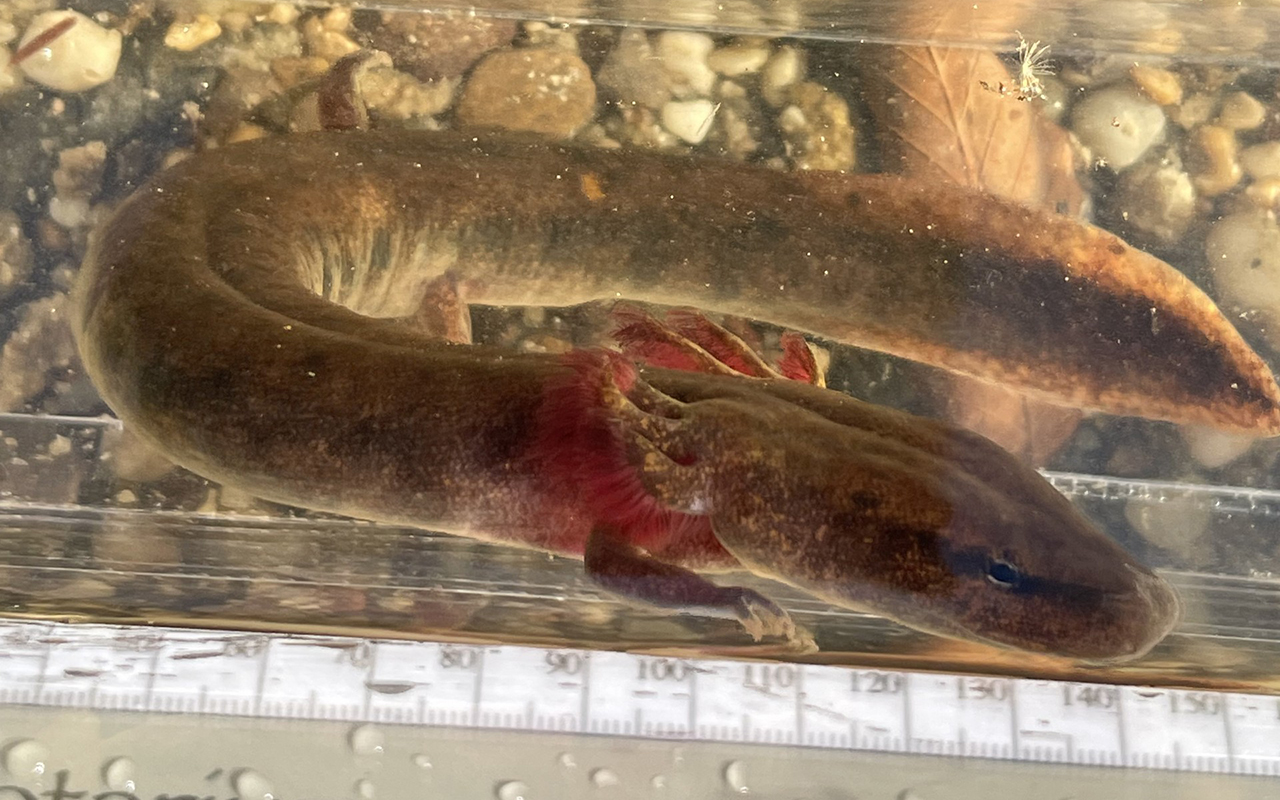Celebrating One of the World’s Most Biologically Rich Forests on International Day of Biological Diversity
This International Day of Biological Diversity, the National Fish and Wildlife Foundation (NFWF) and International Paper (IP) are highlighting efforts to improve habitats and bolster wildlife within the Cumberland Plateau — a region that includes eastern Kentucky and Tennessee, and portions of northern Alabama and northwest Georgia. It’s globally recognized for its extraordinary biodiversity.
Through the Cumberland Plateau Stewardship Fund, IP and NFWF are providing vital support to the Amphibian and Reptile Conservancy and other project partners who are working in this region, conducting forest habitat restoration and wildlife protection.
“The Cumberland Plateau is one of the most biologically diverse temperate forest regions in the world,” said Will Singleton, Program Director for NFWF, “Home to more than 200 freshwater species—many found nowhere else—this region plays a critical role in protecting the Southeast’s natural heritage.”
The rivers and streams of the Cumberland Plateau support a vast variety of life, including fish, mussels, crayfish, and amphibians. Among them is the Black Warrior waterdog, a rare and elusive salamander that lives only in Alabama’s Black Warrior River Basin.

Often called the “Salamander Capital of the World,” this region supports an astonishing range of amphibians, along with rare plants, birds, and insects uniquely adapted to its shaded forests and clear streams. Beneath the surface, a maze of caves and underground streams provides shelter for rare wildlife found nowhere else on Earth. This rich, connected landscape makes the Cumberland Plateau not just a home for biodiversity, but a powerful place to learn how to protect it.
These species rely on these connected, healthy habitats—but today, many are blocked by aging culverts and degraded forests. That’s where NFWF and IP come in.
By restoring forest habitats and reconnecting waterways, the Forestland Stewards partnership between IP and NFWF is helping freshwater species thrive while contributing to the investment's broader initiative to restore high-value forest and aquatic ecosystems throughout the Southeast. Whether it’s a well-known forest or a quiet stream few people ever see, these efforts are giving biodiversity the space it needs to thrive.
“Our entire business model depends on the sustainability of forests,” said Jeremy Poirier, senior manager of fiber certification and sustainability at International Paper. “And our longstanding partnership with NFWF enables us to contribute to forest conservation efforts at scale.”
Find out more about how International Paper connects with nature and biodiversity in our TNFD report.
Our entire business model depends on the sustainability of forests.



